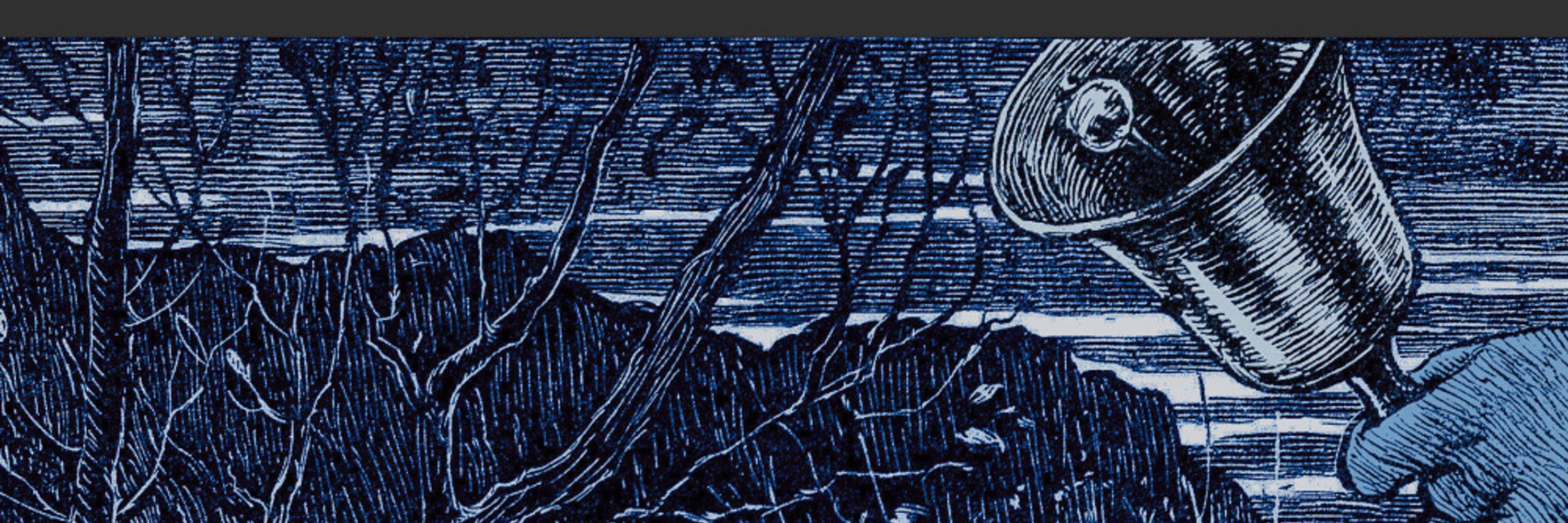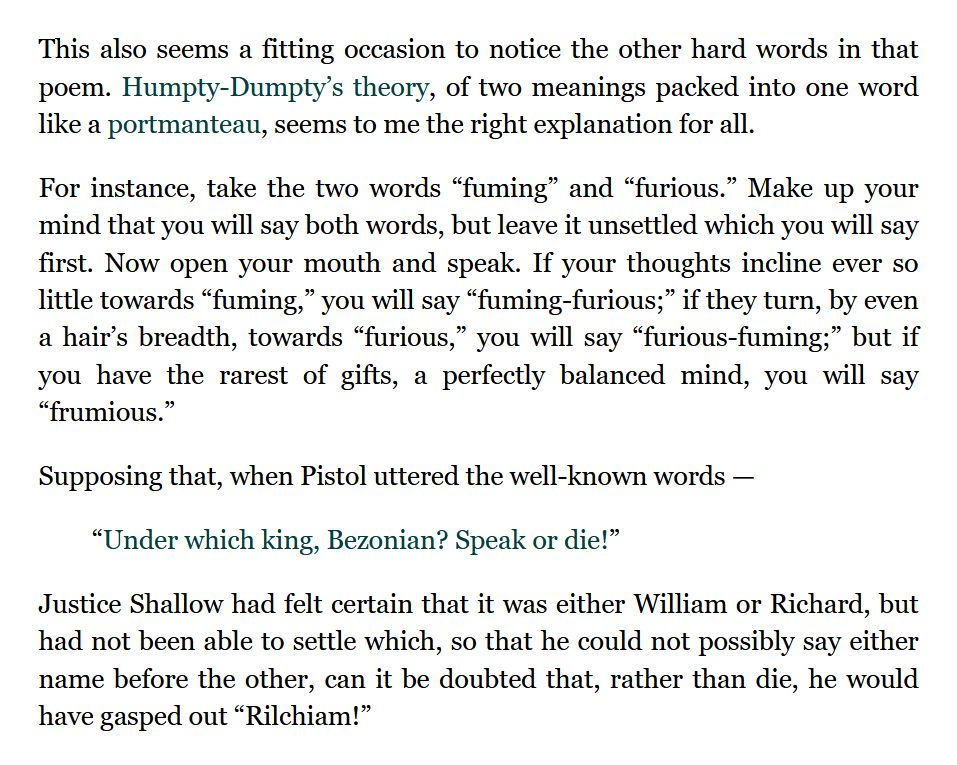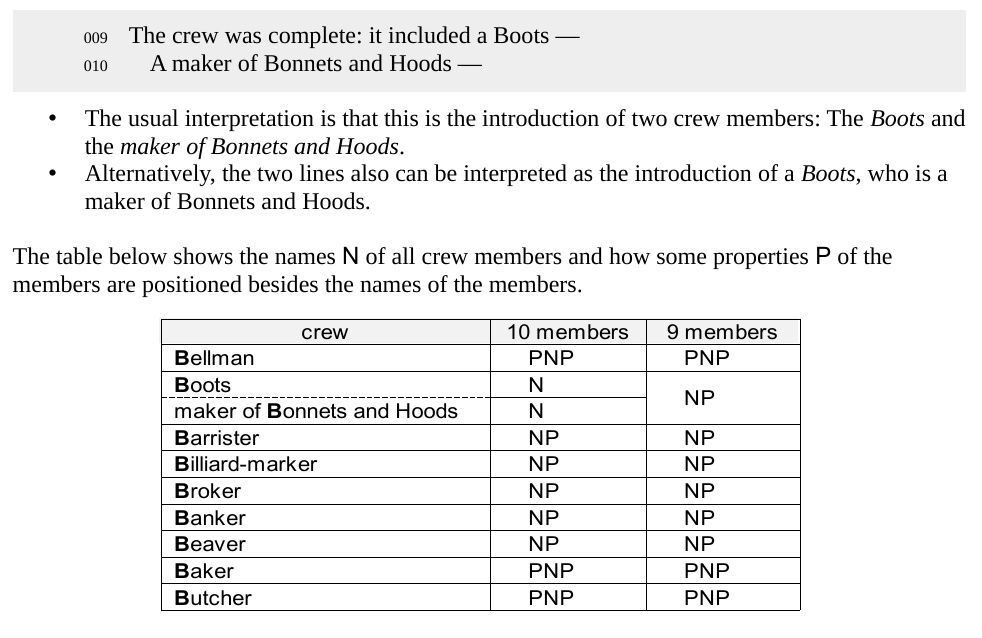The Hunting of the Snark
@snarkhunt.bsky.social
810 followers
1.1K following
1.4K posts
Mainly about Henry Holiday's illustrations to Lewis Carroll’s "The Hunting of the Snark"
by @goetzkluge.bsky.social
※ Snark anniversaries: @snark150.bsky.social
※ My Snark blog since 2017: https://snrk.de
Posts
Media
Videos
Starter Packs
Pinned
Reposted by The Hunting of the Snark
Reposted by The Hunting of the Snark
Reposted by The Hunting of the Snark


!["SERMONS IN STONES. — On the road from Salisbury to Lymington is a milestone which is affirmed by very many to render an audible sound to those who are passing by it. It has been placed on a mound of earth by which it is so far elevated that the top of the stone is about even with the head of the pedestrian traveller. This milestone is situated in that part of the road which traverses the New Forest, near to the village called Burley.
Those who assert that they hear the sound all concur in representing it to be a kind of scratching or scranching, like the edge of an iron-tipped, or the sole of a roughly-nailed, boot being harshly drawn across the gravel. I will not quite compare it to a certain kind of snarking or gnashing, [...]"
Source: Notes and Queries, 1866-09-29, Series 3, Volume 10, p. 248
doi: 10.1093/nq/s3-X.248.248-f
http://archive.org/stream/s3notesqueries10londuoft/s3notesqueries10londuoft_djvu.txt
https://snrk.de/page_etymology-of-snark/](https://cdn.bsky.app/img/feed_thumbnail/plain/did:plc:vr3736rw7tegkvylmzm7m47v/bafkreigdmpir2mdeskrni2n2yeyu3t5ynyo7thxkhzz2k7ia573b5us6vu@jpeg)
!["SERMONS IN STONES. — On the road from Salisbury to Lymington is a milestone which is affirmed by very many to render an audible sound to those who are passing by it. It has been placed on a mound of earth by which it is so far elevated that the top of the stone is about even with the head of the pedestrian traveller. This milestone is situated in that part of the road which traverses the New Forest, near to the village called Burley.
Those who assert that they hear the sound all concur in representing it to be a kind of scratching or scranching, like the edge of an iron-tipped, or the sole of a roughly-nailed, boot being harshly drawn across the gravel. I will not quite compare it to a certain kind of snarking or gnashing, [...]"
Source: Notes and Queries, 1866-09-29, Series 3, Volume 10, p. 248
doi: 10.1093/nq/s3-X.248.248-f
http://archive.org/stream/s3notesqueries10londuoft/s3notesqueries10londuoft_djvu.txt
https://snrk.de/page_etymology-of-snark/](https://cdn.bsky.app/img/feed_thumbnail/plain/did:plc:vr3736rw7tegkvylmzm7m47v/bafkreigm675jksrhbufmfp6amjvi5hm6pmlhxisg2ujpdw3pwmycgowtqy@jpeg)














![«[...] “Really, now you ask me,” said Alice, very
much confused, “I don’t think——’”
“Then you shouldn’t talk,” said the Hatter.
This piece of rudeness was more than Alice
could bear: she got up in great disgust, and
walked off: the Dormouse fell asleep instantly, [...]»
See also: https://snrk.de/Gutenberg/Alices_Adventures_in_Wonderland.htm#WhyNot](https://cdn.bsky.app/img/feed_thumbnail/plain/did:plc:l6iae4tlmgtc4xzkeb3oyjrn/bafkreieb23l2cznenvdvzderwio3dg7ltdvhtwzt754xc7djxluky3oca4@jpeg)
